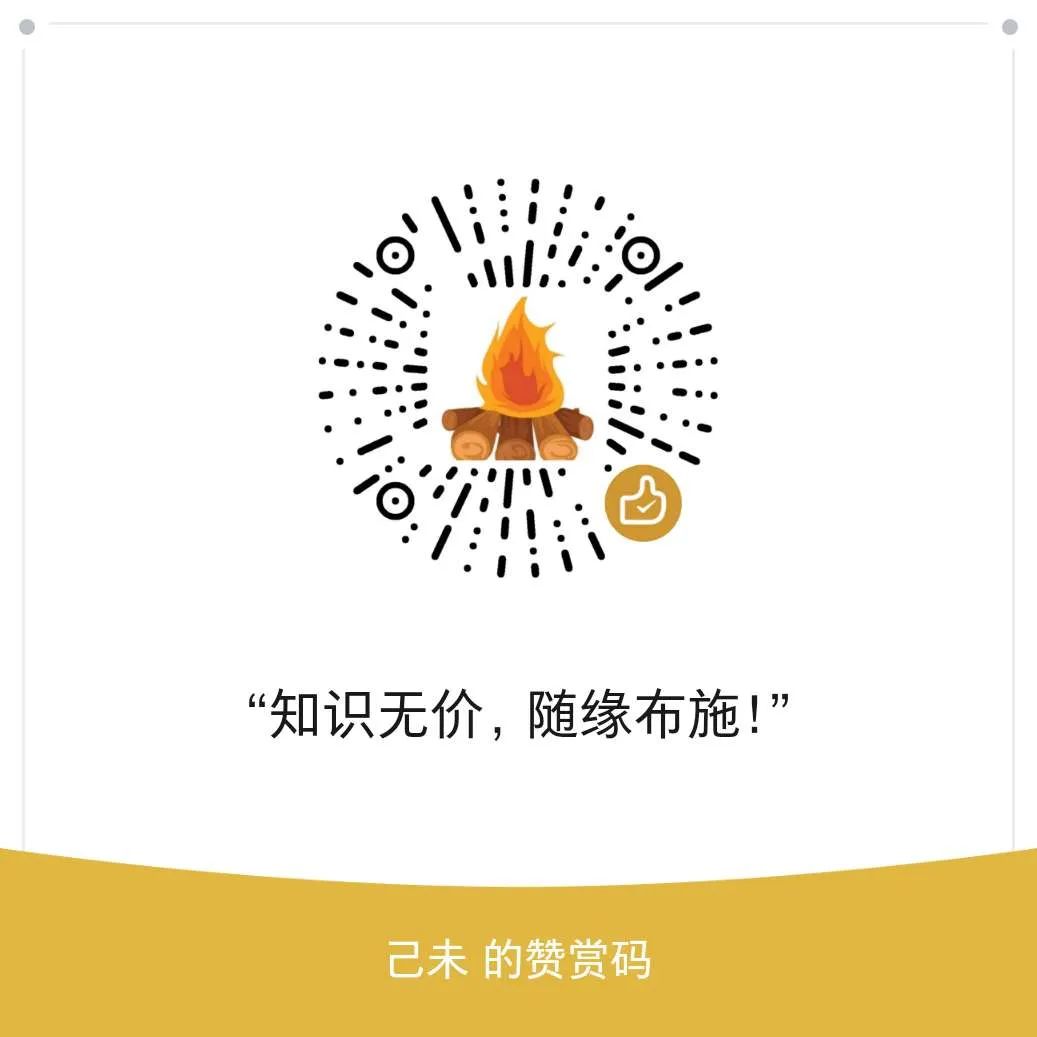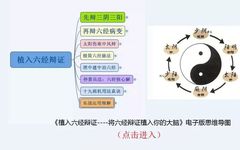




1. The pulse is characterized by floating, sinking, slow, and rapid, which are the core principles.
2. The essence of pulse theory is as fine as a hair; only a few can grasp the subtleties. Understanding the general idea suffices; the four terms floating, sinking, slow, and rapid correspond to deficiency and excess, cold and heat, and tightness and relaxation. These four must be clearly distinguished to ensure accurate treatment.
3. For floating pulse, learn to feel it lightly; within the term ‘floating’ lies the distinction of slow and rapid. A floating and slow pulse often indicates excess heat, while a floating and weak pulse suggests great deficiency. Remember the concept of floating well.
4. For sinking pulse, press firmly to the bottom; within the sinking pulse lies the principles of slow and rapid. A sinking and slow pulse feels cold as ice, while a sinking and rapid pulse indicates internal heat. A sinking pulse that is weak indicates deficiency, while a strong sinking pulse suggests accumulation. Remember the concept of sinking well.
5. Pulse diagnosis is based on location; the positions are clear: cun, guan, and chi, left and right correspond to the five zang and six fu organs. The left side corresponds to the heart, liver, and kidney, while the right side corresponds to the lung, spleen, and bladder. The pulse at the life gate corresponds to the function of the three jiao. In clinical practice, the pulse should be calm; do not look askance or listen carelessly. Focus your mind and contemplate the pulse classics. If a disease is in a certain organ, deficiency should be tonified, and excess should be drained; cold should be warmed, and heat should be cleared. By clearly distinguishing deficiency and excess, cold and heat, one can live up to the name of a physician.
6. When examining the pulse, stabilize your breathing, using your own breath to gauge the patient’s breath, observing the interruptions and continuities. A pulse with four beats per breath is a harmonious pulse; adding one more beat indicates auspiciousness; six beats or seven indicate urgent illness, while eight, nine, or ten indicate impending death.
As a physician, one must distinguish yin and yang; floating and rapid are yang, while sinking and slow are yin. The relationship between the front and back is a discussion of yin and yang. Within yin, there is yang; within yang, there is yin. When yin reaches its extreme, it resembles yang, and when yang reaches its extreme, it resembles yin. The most crucial aspect is to avoid confusion between the two; if a physician cannot distinguish yin and yang, it is no wonder that they may cause the death of living beings.
7. For a floating pulse at the left cun, it indicates a deficiency of heart fire, which cannot nourish the earth; when the earth is constrained, metal will surely fail, leading to cough, phlegm, palpitations, and spontaneous sweating. The main formula is Gui Pi Tang (Return the Spleen Decoction), replacing Mu Xiang with Bai Shao (White Peony) for a more effective treatment. The formulas include Yang Xin Tang (Nourishing the Heart Decoction) and Bu Xin Dan (Heart-Supplementing Pill). The poem for Gui Pi Tang states: “Ren Shen (Ginseng), Bai Zhu (White Atractylodes), Long Gu (Dragon Bone), Yuan Gui (Cinnamon), and Zao Ren (Jujube Seed), with Gan Cao (Licorice) used in moderation, decocted with ginger and jujube to guide the formula.” The poem for Yang Xin Tang states: “Ren Shen, Huang Qi (Astragalus), Shen Fu Ling (Poria), Zao (Jujube), Bai Zhu, and Chuan Xiong (Chuanxiong), with half Gan Cao and Zhi Gui (Cinnamon) for flavor, blood will nourish the heart naturally.” The poem for Bu Xin Dan states: “Ren Yuan (Xuan) Dan, Ren Shen, and Fu Ling, Gui (Earth) and Tian (Heaven) with Mai Dong (Ophiopogon), with Zao and Bai Ren (Jujube Seed) inside, and the addition of Jie Geng (Platycodon).” Another poem states: “Add Shi Chang Pu (Acori Tatarinowii) to open the orifices for better effect, with honey pills coated in vermilion, using the formula of Deng Cao Tang (Lamp Grass Decoction), removing Wu Wei Zi (Schisandra) and adding herbs to harmonize the middle.”
8. For a sinking pulse at the left cun, it indicates excess heart fire, which can harm the body, transferring heat to the small intestine, causing dark and painful urination, or cloudy urine, or mouth sores, with unbearable pain. The main formula is Dao Chi San (Guide Out the Red Powder) combined with Xiao Yao San (Free and Easy Wanderer). If not effective, Xie Xin Tang (Drain the Heart Decoction) can also be used. (Note: ‘urine’ refers to urination.) The poem for Dao Chi San states: “Sheng Di (Rehmannia), Mu Tong (Akebia), and Gan Cao (Licorice) are included, along with bamboo leaves to clear the upper jiao, several cooling herbs to reduce excess heat, naturally resolving the issue in the south.” The poem for Xiao Yao San states: “(Omitted)” (Note: This formula originally includes Shan Zha (Hawthorn).) The poem for Xie Xin Tang states: “Xie Xin Tang includes Huang Qin (Scutellaria), Lian Qiao (Forsythia), and Huang (Yellow), three herbs that can drain strong fire; Da Huang (Rhubarb) must be steamed with wine, while Huang Qin and Lian can be used raw without issue.”
9. For a slow pulse at the left cun, it indicates cold in the heart, leading to cold shivering, a pale face, white urination, and a feeling of fear. The patient prefers warm drinks and dislikes cold water; the intense heat does not warm the body. The main formulas are Zhen Wu Tang (True Warrior Decoction), Li Zhong Tang (Regulating the Middle Decoction), and Fu Gui (Cinnamon) is essential. If not too cold, Yang Rong Tang (Nourishing the Essence Decoction) can ensure safety and recovery. (Formulas omitted)
10. For a rapid pulse at the left cun, it indicates heat in the heart, which is fire; the heart belongs to fire, and rapid indicates fire, leading to redness, swelling, or itchy sores, all of which are manifestations of fire. Gui Pi Tang can effectively drain the fire within the fire, while Liu Wei Di Huang Wan (Six Flavor Rehmannia Pill) can be added with Bai Shao (White Peony) to gradually reduce the symptoms. (Liu Wei Di Huang Wan refers to the Six Flavor Rehmannia Decoction).
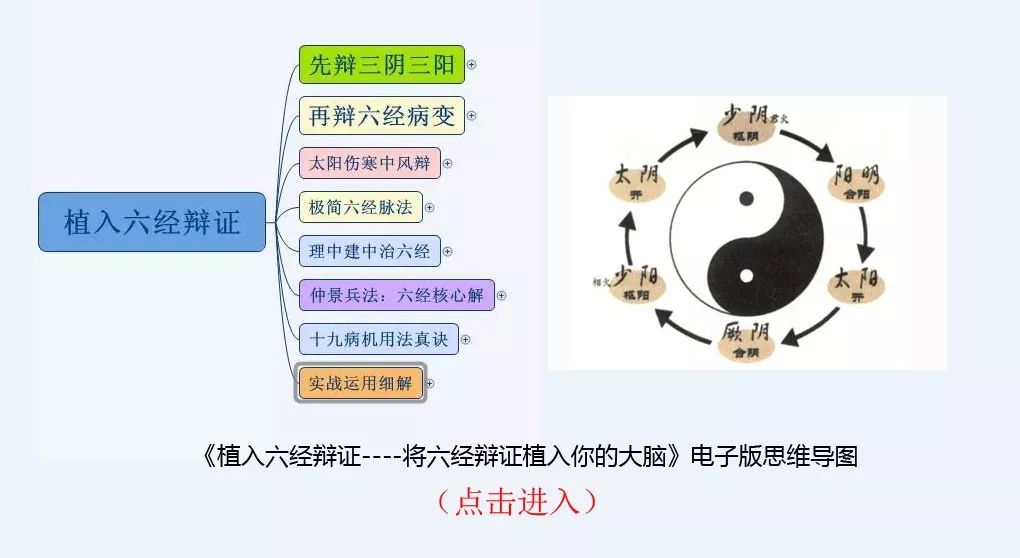
11. For a floating pulse at the left guan, it indicates liver deficiency, with wood lacking fire; without fire, it cannot nourish the heart, leading to blood depletion and weakness in the tendons, which may result in tuberculosis or scrofula. The liver qi is not harmonious; simply use Qi Wei Yin (Seven Flavor Decoction) for effective treatment. The poem for Qi Wei Yin states: “Liu Wei (Six Flavor) plus Gui (Cinnamon) is called Qi Wei, with the spicy herbs to moisten it; water can nourish wood, and wood can strengthen itself, so there is no need to worry about the liver’s floating pulse collapsing.”
12. For a sinking pulse at the left guan, it indicates excess liver qi, which is stagnant and cannot extend; it may cause chest and rib pain, stomach pain, red and dim eyes, and anger harming the liver, leading to weakness in the tendons, which may result in bleeding or dysuria. After eating, there may be sour regurgitation, like vinegar soaking the heart. Various diseases can be treated with Xiao Yao San, adding Zuo Jin (Left Metal).
(Wu Yu (Evodia) stir-fried with Huang Lian (Coptis) is Zuo Jin).
13. For a slow pulse at the left guan, it indicates cold in the liver, with ice hiding charcoal; it is not heat, and cool herbs cannot be used. The patient may experience shivering, closed eyes, clenched fists, a bent waist, and weak legs. Use You Gui Yin (Right Return Decoction) or Ba Wei Yin (Eight Flavor Decoction) as needed.
14. For a rapid pulse at the left guan, it indicates heat in the liver, which increases fire; it may cause burning of metal and harm the spleen, leading to phlegm and cough. If the ruler is unclear, it may lead to chaos; seek help from the north to eliminate the bandits. Use a large dose of Liu Wei Di Huang Wan, adding Bai Shao (White Peony).
15. For a floating pulse at the left chi, it indicates kidney deficiency, leading to water overflow; when water overflows, the earth cannot hold it, resulting in phlegm. Use Li Zhong Tang (Regulating the Middle Decoction) with Bai Dou Kou (Cardamom) and Mu Xiang (Aucklandia) to control the phlegm. If the life gate is weak, it cannot match the simplicity. Use Ba Wei Yin (Eight Flavor Decoction) to tonify and expel phlegm. (Mu Xiang controls Ban Xia (Pinellia). Ba Wei Yin refers to Liu Wei Di Huang Wan plus Fu Zi (Aconite) and Rou Gui (Cinnamon)).
16. For a sinking pulse at the left chi, it indicates excess kidney qi, leading to water accumulation; if water does not flow, how can the other organs be nourished? The patient may experience red eyes, chapped lips, and dry skin, with difficulty urinating. Use Si Wu Tang (Four Substance Decoction), Ba Wei Yin (Eight Flavor Decoction), and add Liu Wei Di Huang Wan.
17. For a slow pulse at the left chi, it indicates cold in the kidney, leading to water stagnation; when water stagnates in winter, it will freeze into ice. The patient may need to wear thick clothes and stay close to the fire to endure the cold. The patient may experience cold limbs, blue lips, and abdominal cramps. Use Jiang Fu (Ginger and Aconite) with Rou Gui (Cinnamon) added to the decoction. The poem states: “Cold leads to stagnation, while heat promotes flow; all physicians understand this. When the sun shines, ice and frost will melt, which is simply the principle of two eights and the regulating middle.”
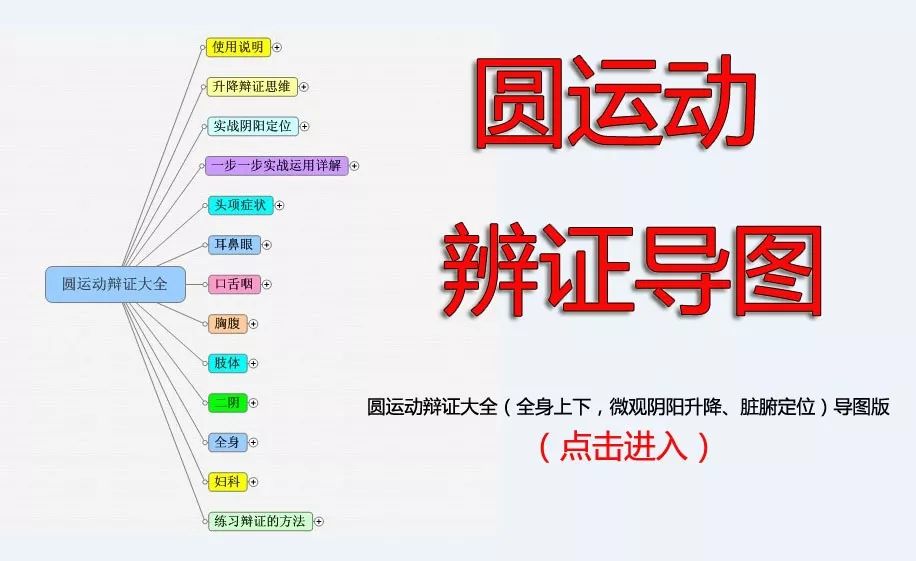
18. For a rapid pulse at the left chi, it indicates heat, leading to boiling water; when water boils, it will overflow, and who can stop it? It may cause phlegm to rise and sperm to flow down, leading to danger. Use Yi Qi Tang (Tonifying Qi Decoction) and Zhi Bai Wan (Anemarrhena and Phellodendron Pill) to nourish water and clear the heat. Taking both formulas can nourish the body. The poem states: “Rather than pouring water to stop boiling, it is better to remove the firewood from the bottom.”
19. For a floating pulse at the right cun, it indicates lung qi deficiency, which cannot secure the exterior; it does not control wood and does not generate water, leading to being burned by fire. The patient may experience dry cough and spontaneous sweating. The main formula is Huang Qi Tang (Astragalus Decoction). When wood is strong and water is weak, only the lung can be preserved; thus, quickly use Sheng Jin Yin (Nourishing Metal Decoction) for both formulas to harmonize. The poem states: “In Huang Qi Tang, add Bai Zhu and Huang Qi, with Yuan Zhi and Zao Ren to tonify the bones, and Sheng Jin Yin contains Dan Pi, Ren Shen, Bai Zhu, Sheng Di, Mai Dong, and Gan Cao.”
20. For a sinking pulse at the right cun, it indicates excess lung qi, with internal heat and external cold; the cough is deep, the throat is slightly dry, and the appetite is poor. The patient may feel fullness in the chest and abdomen, leading to discomfort. Use Si Jun Zi Tang (Four Gentlemen Decoction) for light cases and Bu Zhong Yi Qi Tang (Tonifying the Middle and Qi Decoction) for heavy cases. Use Ping Fei San (Lung Soothing Powder), Sheng Mai San (Generating Pulse Powder), and Xie Bai San (Draining White Powder). (For light cases, use Si Jun Zi Tang; for heavy cases, use Bu Zhong Yi Qi Tang). The poem states: “Ren Shen, Ling Zhi, and Chen Pi are the flavors of Tian, which is Ren Shen Ping Fei San, while Sheng Mai San contains Ren Shen and Mai Wei, and Xie Bai San includes Sang Bai Pi and Gan Cao.”
21. For a slow pulse at the right cun, it indicates cold in the lung, which cannot control wood; when wood is too strong, it burns metal and harms the spleen. The spleen is weak and cannot generate metal, leading to suffering. The exterior is not protected, and the surface is loose, making it easy for wind to invade. Use Sheng Jin Yin, and take several doses. The poem states: “Metal generates water, and water generates wood; fire must control wood, and one must not dare to harm the spleen.”
22. For a rapid pulse at the right cun, it indicates heat in the lung, leading to dryness and cold deficiency; it may harm the liver, making it difficult to store, leading to phlegm and cough. The nose may be dry, and the skin may be rough, leading to constipation. Use the formula to drive out the child and encourage the mother, as anger can be resolved. Use Gan Lu Yin (Sweet Dew Drink) and Qing Jin Yin (Clearing Metal Drink) for both formulas. The poem for Gan Lu Yin and Qing Jin Yin states: “Heaven descends sweet dew to nourish all things; the earth’s qi does not generate without the weather. The two earths and two winters contain Ling and Zhi, while Pi Pa and Yin Chen are combined with Shi Hu. In Mai Wei Tang, add Huang Qin to clear the water and treat the illness completely.”
23. For a floating pulse at the right guan, it indicates spleen qi deficiency, making it difficult to digest food; the stomach cannot accept, and the spleen cannot grind, leading to stagnation. The best treatment is Zhi Shu Wan (Bitter Orange and Atractylodes Pill) to tonify and digest. If necessary, use Bei Ji Dan (Emergency Pill) to stop the disease immediately; however, it is not as effective as Shen Ling Bai Zhu San (Ginseng and Atractylodes Powder), which has endless benefits. The poem states: “Zhi Shu consists of only two ingredients, with ginger and beans for emergencies. Shen Ling Bai Zhu San contains the flavors of Bian Lian, and Ren Shen and Bai Zhu strengthen the spleen, while there are also Ling Gan and Chen to guide the jujube and ginger.”
24. For a sinking pulse at the right guan, it indicates excess in the spleen, leading to stagnation; when the earth is stagnant, it cannot digest food, leading to dampness. When dampness accumulates, it transforms into phlegm, causing continuous vomiting. Use Er Chen Tang (Two Aged Decoction) and Liu Jun Zi Tang (Six Gentlemen Decoction) for effective treatment; add Shan Zha (Hawthorn) and Shen Qu (Malt) for better digestion. The poem for Er Chen Tang and Liu Jun Zi Tang states: “Chen Pi and half of Ling are called Er Chen, and adding Ren Shen and Bai Zhu makes it Liu Jun. Shan Zha and Shen Qu are good for digestion, warming the channels and harmonizing the stomach with malt.”
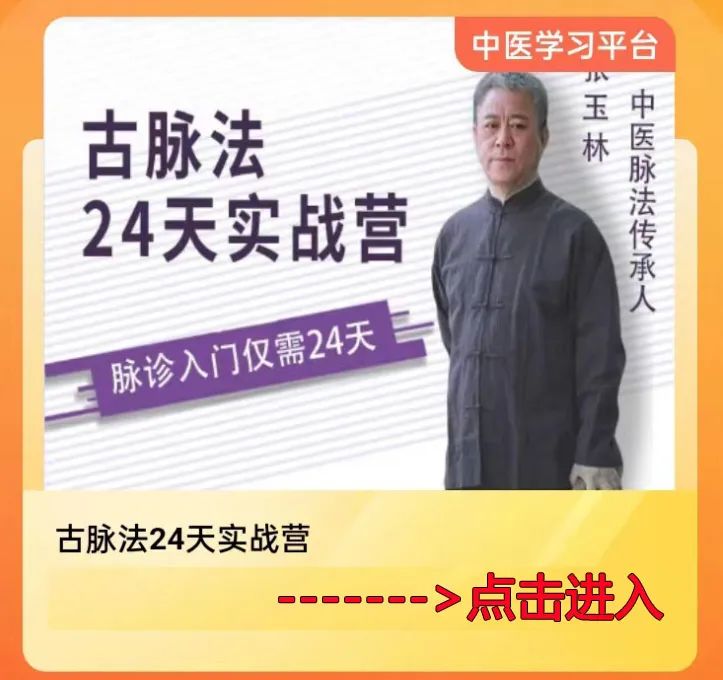
25. For a slow pulse at the right guan, it indicates cold in the spleen, which also leads to cold in the stomach; the patient cannot eat, and food cannot be digested, leading to pain in the abdomen and cold limbs, with unblinking eyes. Observe the shape and sound; the condition is dangerous. Simply use Li Zhong Tang for one dose to ensure recovery.
26. For a rapid pulse at the right guan, it indicates heat in the spleen, which is fire; fire generates earth, and earth grinds joy, but it must not be too intense. If it is too intense, the spleen cannot control it, leading to blood loss; blood may flow uncontrollably, and who can stop it? Use Gui Pi Tang, adding Zhi Dan (Gardenia) for better results. The poem states: “Gui Pi returns blood to the spleen; if blood does not return to the spleen, it must be used. For other symptoms, Mu Xiang and Bai Shao are suitable for blood deficiency.”
27. For a floating pulse at the right chi, it indicates a deficiency in the life gate, leading to a weak fire; there may be fire shapes but no real fire, which can cause harm. It may lead to symptoms in the upper jiao, which cannot be fully resolved. Nourish kidney water and match it with kidney fire; the two must harmonize. Use Ba Wei Yin (Eight Flavor Decoction) for effective treatment. (Liu Wei Di Huang Wan plus Fu Zi and Rou Gui can be adjusted accordingly).
28. For a sinking pulse at the right chi, it indicates excess fire in the life gate, which cannot be released; it is like wet grass covering it, seemingly extinguished. However, it may internally steam, leading to toxic urine and blood in the urine. Use a formula that nourishes water, clears fire, and expels toxins; it must be Dao Qi Yin (Draining Qi Decoction), adding Ze Xie (Alisma).
29. For a slow pulse at the right chi, it indicates cold in the life gate, leading to the dispersion of yang qi; if yang is exhausted, it can save lives, but it must be a divine being. Cautiously observe the slow pulse; if there is a trace of yang, it is fortunate that it has not been severed. Consider a clever method to save the critical situation; use Fan Ben Tang (Returning to the Root Decoction), adding Ren Shen and Fu Zi to restore yang qi. The poem for Fan Ben Tang states: “Fan Ben returns yang with Ren Shen and ginger, with Mai Dong and Chen to strengthen the fire; add honey for two spoons to nourish the five organs; if there is no pulse, add pig bile; for vomiting, use ginger and Ban Xia (Pinellia) for better results.”
30. For a rapid pulse at the right chi, it indicates heat in the life gate, leading to excessive yang qi; the right life gate and the womb are both interrelated; if the ruler is weak and the minister is strong, it will lead to chaos. Assist the ruler’s fire and extinguish the minister’s fire to ensure the country is safe and healthy. Use either Ba Wei Yin or Yang Rong Tang (Nourishing Essence Decoction) to counteract the evil.
Recommended books for purchase:
(Disclaimer: This article is reproduced from the internet, and the copyright belongs to the original author. If there is any infringement, please contact us for deletion!)
Further reading of original articles:
Supplement on COVID-19: The Five Battlefields and Five Treatment Methods in the War Against the Virus!—> Click to read
Very important: The Pathogenesis, Differentiation, and Treatment Methods of XG Pneumonia! (Must-read)—> Click to read
The Six Meridians and Six Major Disease Locations—The Three Yin Cold Evil Disease Locations! (Understanding the last article on cold damage)—> Click to read
The Six Meridians and Six Major Disease Locations—The Shao Yang Meridian and Organ Disease Locations! (A small Chai Hu Decoction conquers the world)—> Click to read
The Six Meridians and Six Major Disease Locations—The Yang Ming Meridian and Organ Disease Locations! (Treating damp-heat is crucial)—> Click to read
The Six Meridians and Six Major Disease Locations—The Tai Yang Meridian and Organ Disease Locations! (This article clarifies the Tai Yang Meridian)—> Click to read
The Six Meridians and Six Layers of Vital Energy Restoration! (Complete explanation of self-healing energy)—> Click to read
Comprehensive Explanation of Cervical Spondylosis! (Classical treatment methods + secret external treatments)—> Click to read
Comprehensive Explanation of Toothache! (Cold damage thinking, pathogenesis differentiation, classical formula representation)—> Click to readComprehensive Explanation of Insomnia! (Pathogenesis differentiation + core ideas for stabilizing the hidden yang)—> Click to readComprehensive Explanation of Fever! (Pathogenesis differentiation of cold damage, internal and external treatment methods)—> Click to read
Comprehensive Explanation of Headache! (Learning the essentials of differentiation)—> Click to read
For more exclusive TCM secrets, scan the QR code below to follow our public account:

TCM Internal Treatment Course:
“The Simplest Classical Formula Online Class” one-on-one, from differentiation to using classical formulas, all taught!!!(Click to enter)
TCM External Treatment Course:
“Hands-on TCM” can treat diseases without any foundation!!! (One-on-one teaching)(Click to enter)
TCM Learning Mind Map Series:
“Embedding Six Meridians Differentiation”—-Embedding Six Meridians Differentiation into Your Brain” electronic mind map(Click to enter)
“Self-learning TCM to Treat Yourself” self-help integrated mind map set(Click to enter)
“Yin-Yang Unified Treatment Method” (Returning complex TCM to the one-yuan path)(Click to enter)
“Comprehensive Dialectics of Circular Motion” (Microcosmic Yin-Yang Ascending and Descending, Organ Positioning) mind map version(Click to enter)
If this article has helped you
Please scan to reward,as you wish

